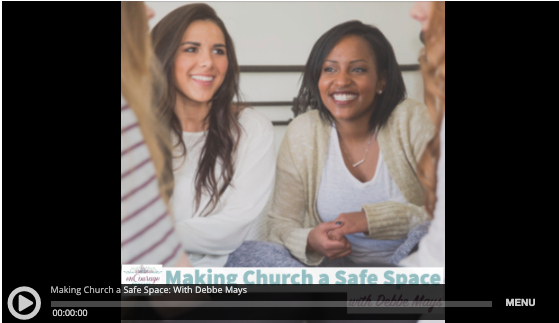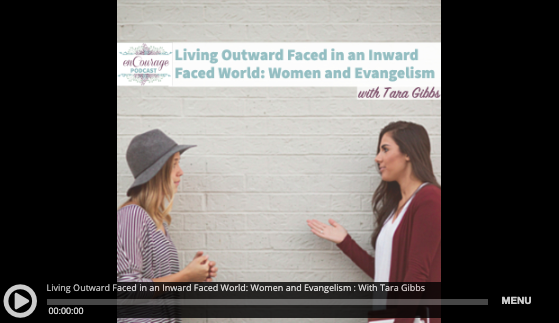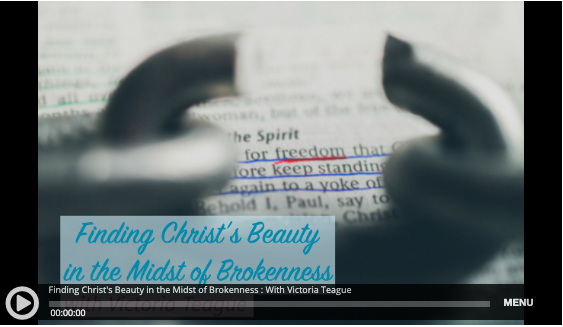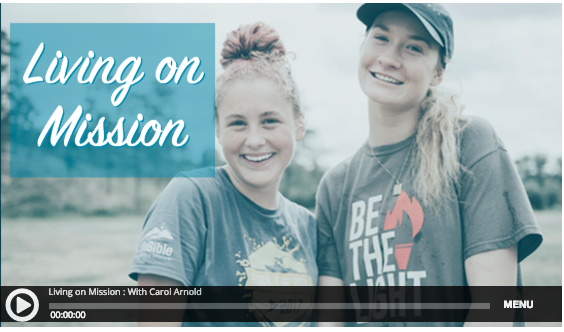What I Learned From Sharing the Gospel with a Mormon
JANE STORY |GUEST I was two years post-college and alarmed to learn how hard it was to make nonbelieving friends. I struggled to find people to share the gospel with because my primary social outlet was church. I began asking God to bring non-Christians into my life. I could not have predicted the mission field that was about to open to me. Plopping into the gray cushioned chair at my new doctor’s office, my eyes fell on a Bible and a Book of Mormon. My heart began to race as I struggled to interpret what I was seeing. Either he was a Mormon, or he was religiously open, allowing people leave literature in his waiting room. Could this be an answer to my prayers? I tried casually bringing up faith at the end of the appointment: “Hey I noticed a Bible and a Book of Mormon in your waiting room. Can you tell me more about that?” His flustered response surprised me: “I… uh… well… I’m a Mormon!” he blurted, like a child caught with a hand in the cookie jar. He then revealed that he was the local bishop, which is the top Latter Day Saints (LDS) authority in a given area. I was intimidated, yet undeterred. That simple question spawned a friendship that lasted for years. Here are a few key lessons I learned about reaching Mormons:...










